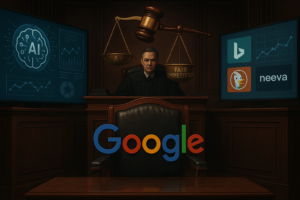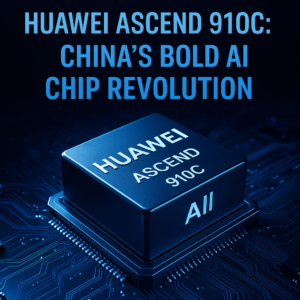The Future of IoT: Harnessing AI for Enhanced Device Integration and Security
As the Internet of Things (IoT) continues to evolve, the integration of Artificial Intelligence (AI) is revolutionizing how devices communicate and operate. This article explores the crucial trends identified by Giesecke+Devrient (G+D), emphasizing AI’s role in creating intelligent IoT systems, enhancing performance through edge computing, and bolstering security via blockchain technology. Discover how these advancements are paving the way for a smarter, more interconnected future.
In the rapidly progressing world of technology, the Internet of Things (IoT) is at the forefront, transforming our daily lives and industries alike. According to insights from Giesecke+Devrient (G+D), several key trends are shaping the future of IoT, primarily through the integration of Artificial Intelligence (AI). As we delve into how AI is steering the evolution of IoT, it’s clear that the synergy between these two domains is paving the way for smarter, more efficient systems.
1. Intelligent IoT Systems Powered by AI and Machine Learning
AI and Machine Learning (ML) are revolutionizing IoT applications by enabling intelligent decision-making based on data analytics. By processing vast amounts of data, AI enhances applications in various sectors, including:
- Predictive maintenance in manufacturing
- Energy management in smart grids
The combination of AI’s analytical prowess with IoT’s data collection capabilities results in systems that not only react to data but actively learn from it, adapting to changing conditions and improving operational efficiency.
However, the efficacy of AI in IoT systems heavily relies on data integrity. For AI to provide accurate insights and recommendations, it must be fed with high-quality, validated data. This emphasizes the need for trusted data sources in building robust AI-driven IoT ecosystems.
2. Enhancing IoT Performance through Edge Computing
Edge computing is another transformative trend in the IoT landscape. By processing data closer to its source, edge computing minimizes latency, which is essential for real-time applications such as industrial automation. This local processing capability allows for:
- Quicker data analysis
- Improved response times
significantly improving the performance of IoT systems.
The deployment of 5G technology is set to further enhance edge computing by enabling faster data transfer rates and more reliable communication between devices. In tandem with AI, edge computing can empower devices to make complex decisions autonomously, thereby streamlining operations and reducing the burden on centralized data centers.
3. Strengthening IoT Security with Blockchain Technology
As IoT devices increasingly manage sensitive data, security becomes paramount. Blockchain technology emerges as a powerful tool to enhance IoT security by providing a decentralized and tamper-proof method of data management. By ensuring the integrity of data exchanged between devices, blockchain can help mitigate risks associated with:
- Data breaches
- Unauthorized access
This combination of AI and blockchain within IoT not only enhances security but also fosters trust among users and stakeholders, creating a more secure environment for IoT deployment across various sectors.
Conclusion
The integration of AI into IoT systems is ushering in a new era of connected devices that are not only smarter but also more secure and efficient. As we witness the convergence of AI, edge computing, and blockchain, the possibilities for innovation within the IoT landscape are limitless. Industries must capitalize on these trends to harness the full potential of IoT, leading to transformative changes that will shape the future of technology and society.


